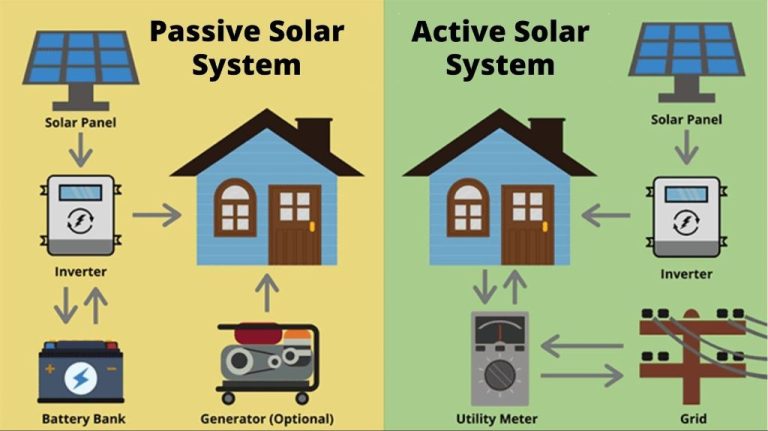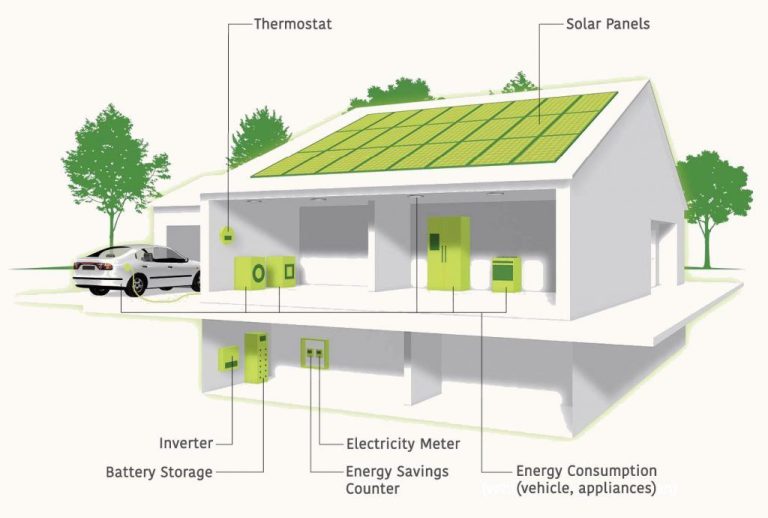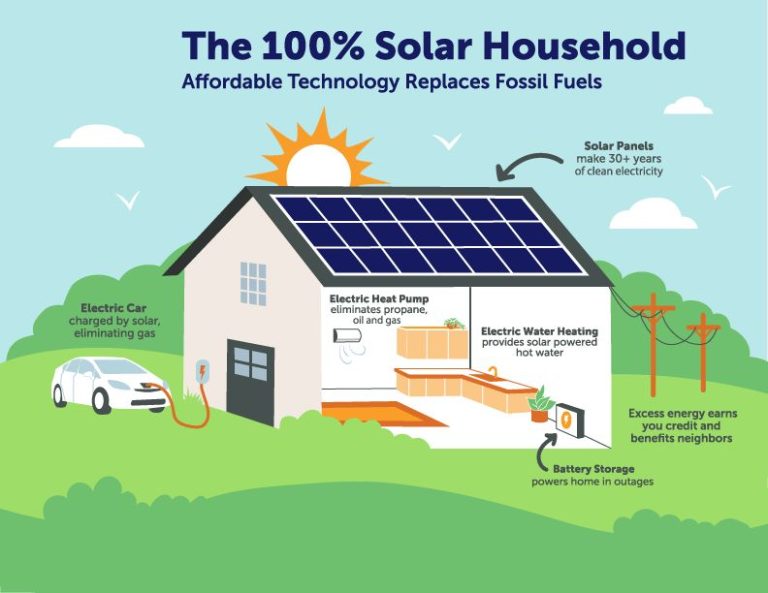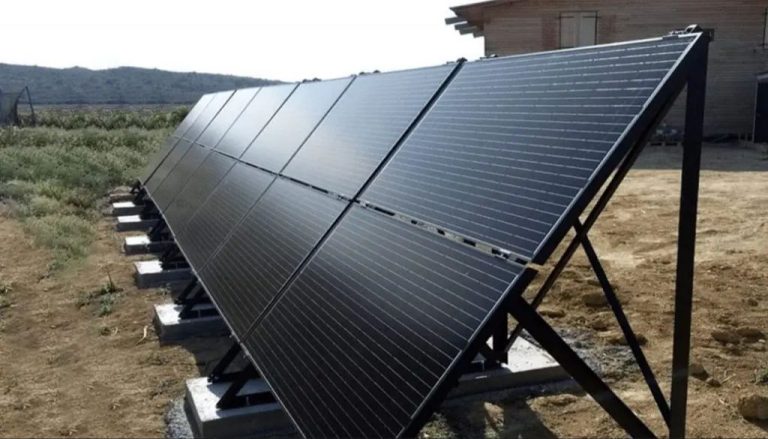Is Solar Energy Almost 200 Years Old?
Intro
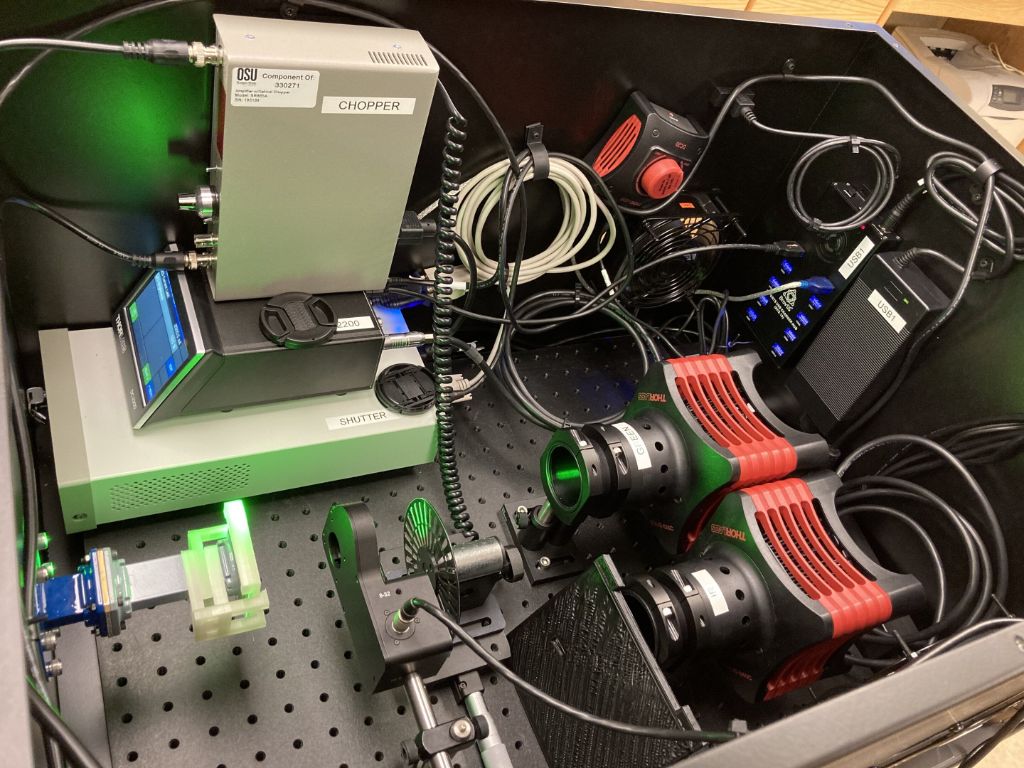
Solar energy is the radiant light and heat from the Sun that is harnessed using a range of technologies like solar heating, solar photovoltaics, solar thermal energy, solar architecture, molten salt power plants, and artificial photosynthesis. Humans have been harnessing solar energy for centuries, starting with the use of magnifying glasses by the ancient Greeks and Chinese to concentrate the sun’s rays to make fire. The earliest uses focused on harnessing the sun’s heat rather than converting it into electricity. Some of the first major solar inventions occurred in the 19th century with advancements in solar-powered engines and solar architecture. But it wasn’t until the mid-1950s that the modern photovoltaic solar cell was created, paving the way for widespread solar electricity generation. Today, solar is one of the fastest growing renewable energy sources, supplying only around 2% of US electricity but scaling rapidly. It offers advantages of reducing reliance on fossil fuels, improving energy security and independence, creating jobs and economic opportunities, and providing clean energy with low emissions. The future of solar looks bright as costs continue to fall and technology improves.
Early Solar Technology
The concept of harnessing solar power dates back almost 2,000 years. Ancient Greek and Roman civilizations discovered that mirrors could concentrate sunlight to generate significant heat. The Greek scientist Archimedes used mirrors arranged as a parabolic reflector to defend the city of Syracuse against the Roman fleet in 212 BC, setting fire to the enemy ships from afar.1
Throughout the Middle Ages, scientists continued to refine burning mirrors and experiment with using mirrors to amplify the sun’s rays. These early solar technologies were mainly used militarily or for religious ceremonies, but some attempts were made to convert the heat into mechanical energy.2 For example, Augustin Mouchot used a parabolic trough concentrator to generate steam for the first solar steam engine in 1860s France.
Photovoltaic Effect
The photovoltaic effect was first observed in 1839 by French physicist Alexandre-Edmond Becquerel. Becquerel discovered that certain materials would produce small amounts of electric current when exposed to light. He conducted experiments using an electrolytic cell made up of two metal electrodes placed in an electrolyte solution. When light shined on the cell, it created a voltage between the two electrodes.
Becquerel showed that the amount of electricity produced depended on what type of materials were used for the electrodes in the electrolytic cell. He found that electrodes made from platinum or silver worked best. He also showed that the brightness and color (wavelength) of the light affected the amount of electricity generated. This phenomenon of light energy exciting electrons in a material to generate electricity became known as the photovoltaic effect.
Becquerel’s discovery marked the first time that electricity was generated from light, demonstrating the photovoltaic effect decades before practical solar cells were developed. His pioneering work laid the foundation for modern photovoltaic cells that convert sunlight into electricity using semiconducting materials.
First Solar Cells
The first modern solar cells were invented in the 1950s. Scientists at Bell Laboratories discovered that silicon could convert sunlight into electricity. They produced solar cells with an efficiency of around 6%. While low compared to modern solar panels, this was a major breakthrough that showed the viability of solar photovoltaics.
These early solar cells, made of silicon, were able to generate enough electricity from sunlight to power small electrical devices. This discovery opened up many new possibilities for solar power. Though still too expensive for widespread use, the invention of the silicon solar cell marked a crucial turning point in the development of solar photovoltaics.
In the following decades, researchers worked to improve the efficiency and lower the cost of solar cells. But the basic silicon solar cell technology invented at Bell Labs in the 1950s remains the basis for most solar panels today. Those pioneering solar cells demonstrated the enormous potential of converting sunlight into usable energy.
Space Age Advancements
The space program in the 1950s and 1960s was a major driver in advancing solar technology. NASA and other space agencies needed reliable, lightweight solar panels to power satellites and spacecraft. According to NASA, early solar cells for space applications were limited to efficiencies of only 10-14%. Intensive research and development led to improvements in silicon solar cell technology, with efficiencies reaching 15% in the 1960s.
A major breakthrough came in 1958 when NASA’s Lewis Research Center purchased rights to the Czochralski method, which enabled growing large single crystals of silicon. This allowed manufacturing higher efficiency monocrystalline silicon solar cells. By 1962, the Telstar satellite used these advanced solar cells, representing a major milestone. The space program continued to fund solar advancement, leading to technologies like gallium arsenide cells which were robust, lightweight and offered exceptionally high efficiencies.
Solar Power Stagnation
Despite early advancements, solar power technology stagnated and struggled to gain widespread adoption from the 1970s through the 1990s. High costs were a major barrier, with solar PV modules costing over $80 per watt in the 1970s (Energy5.com). Without large-scale manufacturing and economies of scale, it was difficult to bring down costs. Limited government funding also hampered growth, as research stalled due to lack of investment. Additionally, there was a general lack of public knowledge and skepticism about solar power viability.
As conventional energy sources like oil, coal and natural gas remained cheap and abundant, there was little market demand for alternative energy sources. With low fossil fuel prices, solar power simply could not compete on a cost basis. Furthermore, the technology was still limited, with low solar cell efficiencies that made it impractical for widespread use. The public and policymakers did not yet recognize the long-term environmental and sustainability benefits of renewable energy.
Overall, from the 1970s to 1990s, the solar industry struggled to take off and play a significant role in the energy mix. It would take new technological innovations, government policies, environmental awareness, and falling production costs to eventually spark the solar renaissance of the 2000s.
Sources:
https://energy5.com/the-solar-revolution-tracing-the-history-and-impact-of-solar-power-on-society
Solar Renaissance
Starting in the early 2000s, solar power began experiencing a renaissance and period of rapid growth[1]. Annual installations of photovoltaic panels increased substantially during this time, from a capacity of less than 0.3 gigawatts in 2000 to 45 gigawatts by 2014. This was enough capacity to power over 6 million homes in the United States[1]. Several factors led to this solar renaissance. Improvements in solar panel technology caused costs to steadily decline. Countries like Germany and Japan began generously subsidizing solar power installations for homeowners. And concerned about climate change, governments around the world started passing clean energy policies to encourage solar adoption. The solar investment tax credit in the US also helped spur installations. This confluence of factors finally made solar a cost-competitive energy source for widespread use.
[1] https://apgreenjobs.ilo.org/news/a-new-solar-renaissance-how-harnessing-the-sun-got-cheap-and-practical-1
Current Solar Usage
Solar energy capacity in the United States exceeded 135,700 megawatts (MW) as of late 2022, which is enough to power 24 million homes, according to the Solar Energy Industries Association (SEIA) Solar Industry Research Data. This represents exponential growth, as total solar capacity stood at just 10,600 MW in 2012. Currently, solar accounts for 4.3% of total U.S. utility-scale electricity generating capacity.
In 2022, the U.S. installed 23.9 gigawatts (GW) of solar capacity, representing annual growth of 46%. The residential solar market grew to 4.6 GW, while the utility-scale market expanded to 19 GW. There are now over 2.5 million solar installations nationwide. The SEIA projects the solar market will quadruple in size over the next 10 years, with 20% of U.S. electricity supplied by solar in 2030.
California leads the nation in installed solar capacity at 44,148 MW, followed by Texas, Florida, Arizona, and North Carolina as of 2022. Solar provided 32.9% of California’s total in-state generation in 2021. The top state for residential solar remains California, with over 1.3 million installations as of 2022 Top Solar Energy Facts and Statistics.
Future Outlook
The future looks bright for solar energy. According to the Solar Energy Industries Association (SEIA), solar has experienced an average annual growth rate of 24% in the last decade alone, setting the stage for exponential growth in the 2020s (source). Deloitte projects that by 2040, solar energy could provide up to 30% of U.S. electricity generation if supportive policies are enacted (source).
Many experts predict continued rapid declines in solar costs due to economies of scale and technological improvements. Solar cells are also becoming more efficient, flexible, and aesthetically integrated. Emerging solar technologies like perovskite solar cells and solar windows could boost adoption further. With supportive policies, surging demand, and grid integration advances, solar appears poised for a bright future.
Conclusion
Solar energy has a surprisingly long history, with the basic principles being discovered nearly 200 years ago. From the initial discovery of the photovoltaic effect in the 1830s to the invention of the first solar cell in the 1880s, innovators were already laying the groundwork for harnessing the sun’s energy long before the modern solar age. Though solar technology stagnated for much of the 20th century, the space age ignited new advancements that continue driving growth today.
Now, over 180 years since the photovoltaic effect was first observed, solar has evolved into a mainstream energy source that powers homes, businesses, and even entire cities around the world. With solar technology improving and costs continuing to fall, the future is bright for wider adoption of this clean, renewable energy that humans recognized long ago had immense potential.
Solar’s surprisingly long history shows this technology was never destined to remain niche or experimental. From its earliest days, visionaries saw solar’s immense possibilities, even if substantial utilization had to wait many generations. Now, solar is finally fulfilling that promise envisioned by pioneers nearly 200 years ago.

